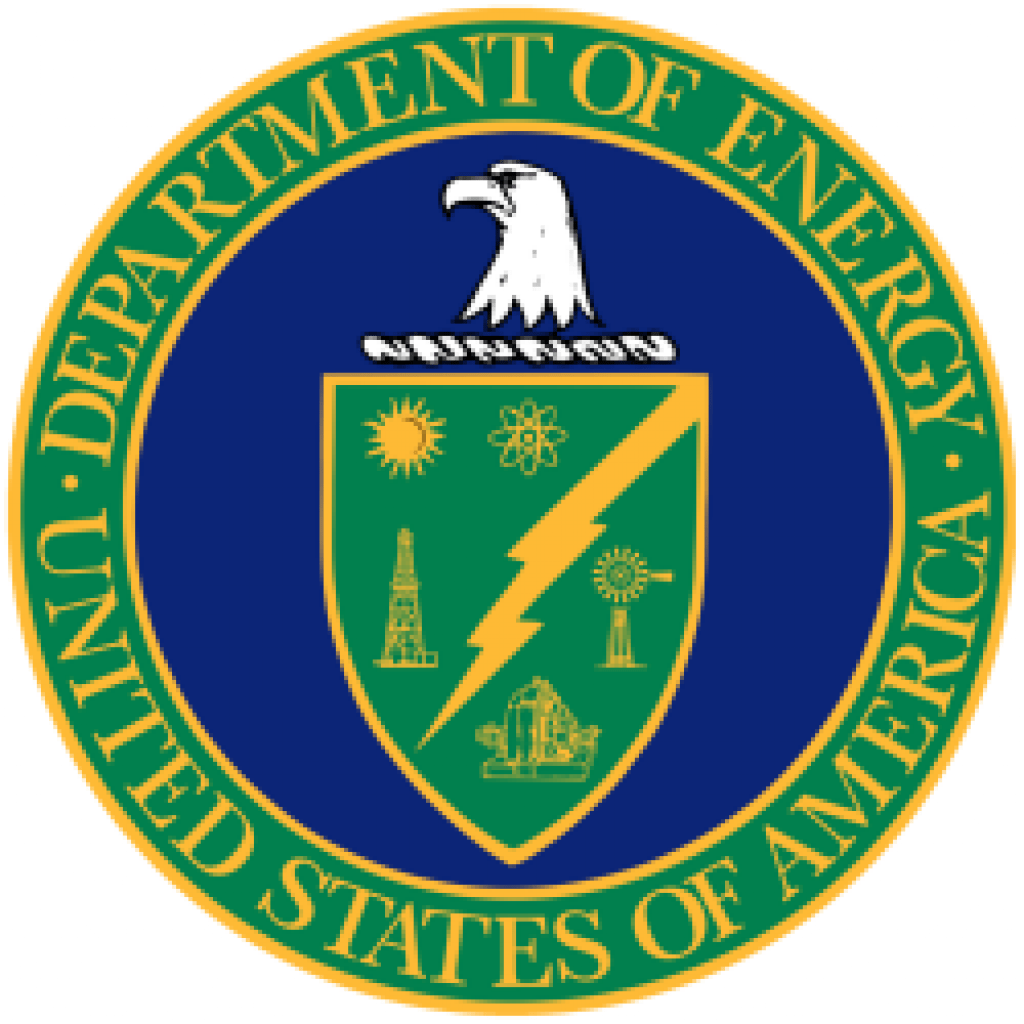(Finance.yahoo) The U.S. Department of Energy (DOE) has unveiled a report that lays out a blueprint strategy for the development of a national quantum internet, bringing the United States to the forefront of the global quantum race and ushering in a new era of communications. This report provides a pathway to ensure the development of the National Quantum Initiative Act, which was signed into law by President Trump in December of 2018.
Around the world, consensus is building that a system to communicate using quantum mechanics represents one of the most important technological frontiers of the 21st century. Scientists now believe that the construction of a prototype will be within reach over the next decade.
In February of this year, DOE National Laboratories, universities, and industry met in New York City to develop the blueprint strategy of a national quantum internet, laying out the essential research to be accomplished, describing the engineering and design barriers, and setting near-term goals.
“The Department of Energy is proud to play an instrumental role in the development of the national quantum internet,” said U.S. Secretary of Energy Dan Brouillette. “By constructing this new and emerging technology, the United States continues with its commitment to maintain and expand our quantum capabilities.”
DOE’s 17 National Laboratories will serve as the backbone of the coming quantum internet, which will rely on the laws of quantum mechanics to control and transmit information more securely than ever before. Currently in its initial stages of development, the quantum internet could become a secure communications network and have a profound impact on areas critical to science, industry, and national security.
Creating a full-fledged prototype of a quantum internet will require intense coordination among U.S. Federal agencies—including DOE, the National Science Foundation, the Department of Defense, the National Institute for Standards and Technology, the National Security Agency, and NASA—along with National Laboratories, academic institutions, and industry.
The report lays out crucial research objectives, including building and then integrating quantum networking devices, perpetuating and routing quantum information, and correcting errors. Then, to put the nationwide network into place, there are four key milestones: verify secure quantum protocols over existing fiber networks, send entangled information across campuses or cities, expand the networks between cities, and finally expand between states, using quantum “repeaters” to amplify signals.
“The foundation of quantum networks rests on our ability to precisely synthesize and manipulate matter at the atomic scale, including the control of single photons,” said David Awschalom, Liew Family Professor in Molecular Engineering at the University of Chicago’s Pritzker School of Molecular Engineering, senior scientist at Argonne National Laboratory, and director of the Chicago Quantum Exchange. “Our National Laboratories house world-class facilities to image materials with subatomic resolution and state-of-the-art supercomputers to model their behavior. These powerful resources are critical to accelerating progress in quantum information science and engineering, and to leading this rapidly evolving field in collaboration with academic and corporate partners.”
”In addition to our collaboration with the University of Chicago, Fermilab is working with Argonne, Caltech, Northwestern University and tech startups to develop the architecture and gradually deploy and connect quantum communication nodes across the city of Chicago. Before long, with this second group of collaborators, we’ll be teleporting data across a metropolitan network,” said Panagiotis Spentzouris, head of quantum programs at Fermilab. “This blueprint is important for telling us how we build this out nationwide.”
Other National Laboratories are also driving advances in quantum networking and related technologies. For example, Stony Brook University and Brookhaven National Laboratory, working with the DOE’s Energy Sciences Network headquartered at Lawrence Berkeley National Laboratory, have established an 80-mile quantum network testbed and are actively expanding it in New York State and at Oak Ridge and Los Alamos National Laboratories. Other research groups are focused on developing a quantum cryptography system with highly secured information.
DOE Unveils Blueprint Strategy for Development of National Quantum Internet
